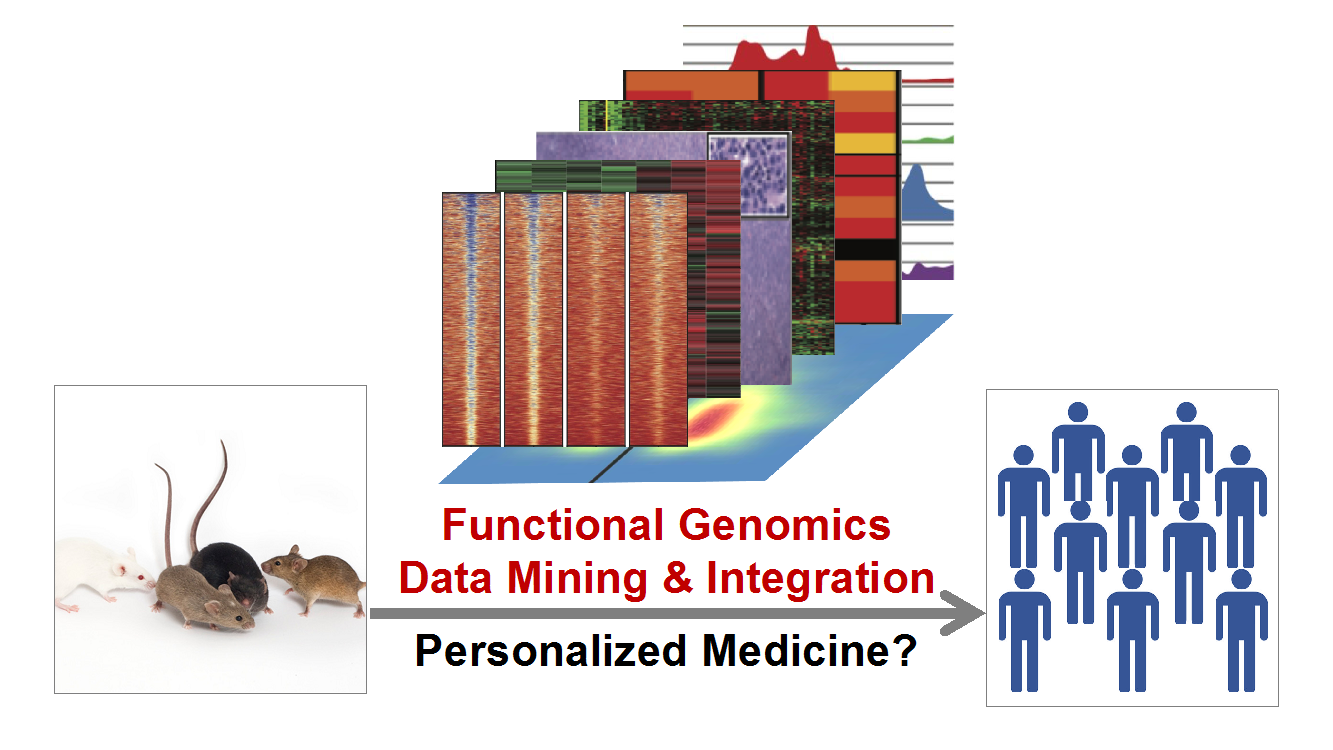
Paper provides important insight for B-cell lymphomagenesis from mouse models to human disease.
When something foreign is detected by the immune system, such as pathogenic bacteria or unrecognized proteins, it sets off a cascade of signaling and response among immune cells. An important part of the process is the activation of B cells, which expand through cell division and produce antibodies specific to the foreign organism or substance (known as the antigen). The antibodies then bind and disable the antigen or mark it for destruction. But making such specific antibodies requires the B cells to create large-scale mutations in specific genes to achieve the necessary diversification of response, part of a sequence known as the germinal center (GC) reaction. Not surprisingly, however, the combination of quick cell division and genetic hypermutation also means that B cells in the GC reaction are very prone to malignant transformation, leading to some lymphoma subtypes.

Diffuse large B-cell lymphomas (DLBCLs) are an aggressive, common form of non-Hodgkin lymphoma. Mutations in certain genes involved with epigenetic mechanisms have been identified as contributing to DLBCLs. The genes play important roles in allowing B cells to exit the GC reaction, so if they malfunction, the cells get stuck in it, greatly increasing the chance for transformation. In addition to the known genes, mutations in TET2 have been found to occur in ~10% of DLBCLs. TET2 dysfunction is associated with other cancers, but it was not known if it played a causative role in DLBCLs when mutated. JAX Assistant Professor Sheng Li, Ph.D., worked with a team led by Ari Melnick, Ph.D., of the Weill Cornell Medicine to reveal the role of TET2 in DLBCLs.
In a paper “TET2 deficiency causes germinal center hyperplasia, impairs plasma cell differentiation and promotes B-cell lymphomagenesis,” published in Cancer Discovery, Melnick, Li and others worked with high-throughput profiling data from mouse models and human patient samples to show that TET2 mutations can indeed accelerate DLBCL. Dysfunction in epigenetic mechanisms that normally enhance expression of genes necessary for differentiated B cells to fully exit the GC reaction, impairing B cell function as well as leading to malignant transformation. The authors note that the consequences of TET2 mutations resemble those for another gene, CREBBP, also found in human patients, but mutually exclusive to TET2 loss of function. This indicates that they function in the same pathway, and when mutated represent early hits during lymphomagenesis.
The finding provides strong evidence that TET2 is a tumor suppressor in DLBCL, and the authors argue that it should be included in sequencing panels for B-cell lymphomas. There are important implications for patients with TET2-deficient lymphomas, as it will likely affect the implementation of epigenetic modifier drugs and lead to new therapeutic approaches.
Dominguez PM et al. DOI: 10.1158/2159-8290.CD-18-0657